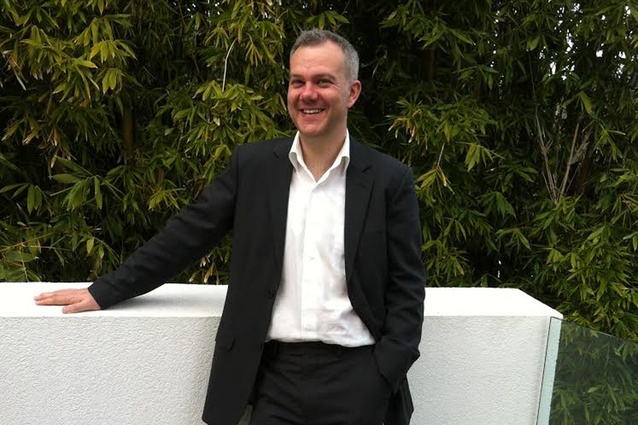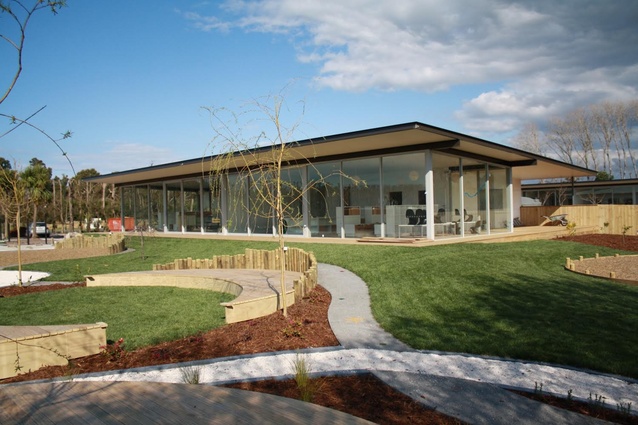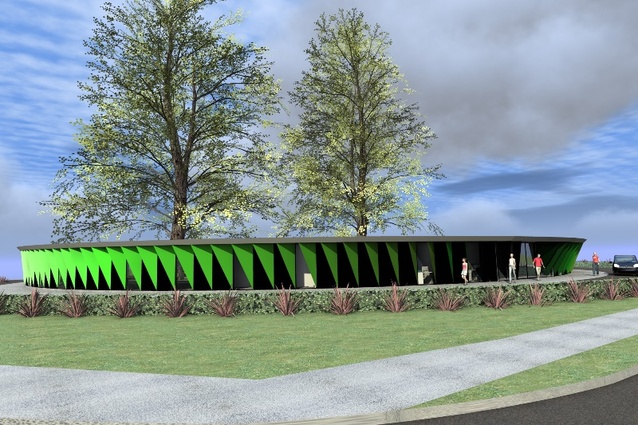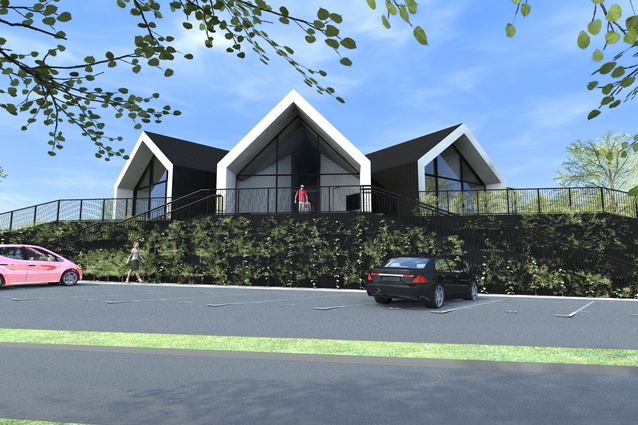Architect profile: Phil Smith
Phil Smith is a director of Collingridge and Smith Architects (CASA), a practice based in New Zealand and England. Founded in 2010, the practice was recently awarded the World Green Building Award for Leadership in Sustainability in September for the design of Kawakawa early childhood centre, Te Mirumiru.
The building is covered by earth and grass on its roof and its unglazed sides integrate with the landscape, paying homage to Ngāti Hine’s customs and history. The early childhood centre consists of four classrooms in a row, separated by shared service spaces such as an office, kitchen, staff room, and toilets. Circulation space is located at the south to act as a buffer space for heat loss.
The UK-registered architect talks to ArchitectureNow about CASA and Te Mirumiru, New Zealand’s first 6 Green Star-rated education project.
ArchitectureNow: Where did your architectural career start?
I started out at a small practice in Derby, England, where I worked for one year after I completed my degree. I learned how to come up with simple designs for feasibility studies; nothing exciting, but I really loved working in architecture and being able to do design work. They could see my passion and let me spend my time designing rather than drawing up other people’s work. By the end of the year I had come up with a design for an office building, built a model and presented to the client. I loved the buzz of that. Then I went back to university to finish off my diploma (the equivalent to a Masters degree in New Zealand) and when I completed that, I was offered a role at Foster and Partners in London, which is like an architectural finishing school. It reminds me of Hell’s Kitchen, only with less swearing! If you can put up with the long hours and the lack of praise then it’s a great place to learn the process of design in practice. The office operated very much like university. I learned to conceptualise ideas quickly and succinctly, learned to stand up for my ideas, and most useful of all, I learned how to design efficient, low-energy buildings.
ArchitectureNow: How did your firm, CASA, come to be?
PS: I set up a practice in 2007. It evolved into CASA when my friend from university, Graham Collingridge, came on board. When I got a commission to design a building in the UK in 2010, Graham was ready to join me.
ArchitectureNow: How do your two seperate offices in New Zealand and the UK work together?
PS: We have a central cloud-based server system, which allows us to access files from anywhere in the world and we share work between the two offices depending on who has capacity and the best skill set to suit each project. At the moment, we’re designing some architectural prototype houses in New Zealand, which will be mainly brick, so Graham is leading the design as he has designed a lot of brick buildings. We’re also looking at utilising our skills in New Zealand style timber-framed construction in the UK.
ArchitectureNow: What have you been working on recently?
PS: We have a commission to design five prototype architectural houses for a 46-house site, four buildings on site in New Zealand, nine early childhood centres in the design phase and a number of other projects. We have also just completed the New Zealand Green Building Council fit-out design for its new office on Queen St, Auckland. We are also looking to start conducting research relating to evolutionary psychology and sustainability so we can start understanding how to design even better spaces.
ArchitectureNow: You were recently awarded the World Green Building Award for Te Mirumiru in Kawakawa. Tell us about that.
PS: Te Mirumiru started out as a feasibility study for Ngāti Hine to see if they could get funding through the Ministry of Education, and the design has been capturing peoples’ imaginations ever since the first concept presentation.
A lot of thought that went into the concept and this is reflected in the symbolism of the design. It’s based on the idea of whenua, meaning earth and placenta, coming from the Māori tradition of burying the placenta in the ground to connect the people with the land. There is a layering in the journey from the entrance to the playground that goes from dark to light, again symbolising the idea of birth and re-birth. I think it also connects with peoples’ idea of childhood; people who enjoyed rolling down a hill when they were children. It’s just a fun building for children.
Earlier this year the design received the first 6 Green Star for an education project from the NZGBC, who then suggested we enter the design in the World Green Building Council Awards. We thought it was a long shot as we were competing with the best green buildings from around Asia and the Pacific and Te Mirumiru was by far the smallest and had the lowest budget. We were amazed to be a finalist and we were even more surprised when we were asked to fly to Singapore to attebd the awards presentation, where we won the entire competition! We’re extremely proud of this award and what we’ve achieved.
ArchitectureNow: What is your most prized project to date?
PS: It has to be Te Mirumiru. It’s still generating its own publicity. Every few weeks we get asked to put it in books, magazines and on websites all around the world. It’s a great feeling when you have poured your heart and soul into something like this and it gets this kind of reaction. It keeps you going on those long, cold mornings at 3am when you’re still working and wondering why.
ArchitectureNow: What other accolades has CASA received recently?
PS: I received the Lexus Young Designer of the Year award for my work in the sustainability field a few years back and since then, CASA has received 11 awards, including the most recent NZGBC 6 Green Star rating for Te Mirumiru, the EECA Innovation Award, a DINZ Gold pin for Sustainable Design and the World Green Building Council Asia Pacific Award for Leadership in Sustainability.















